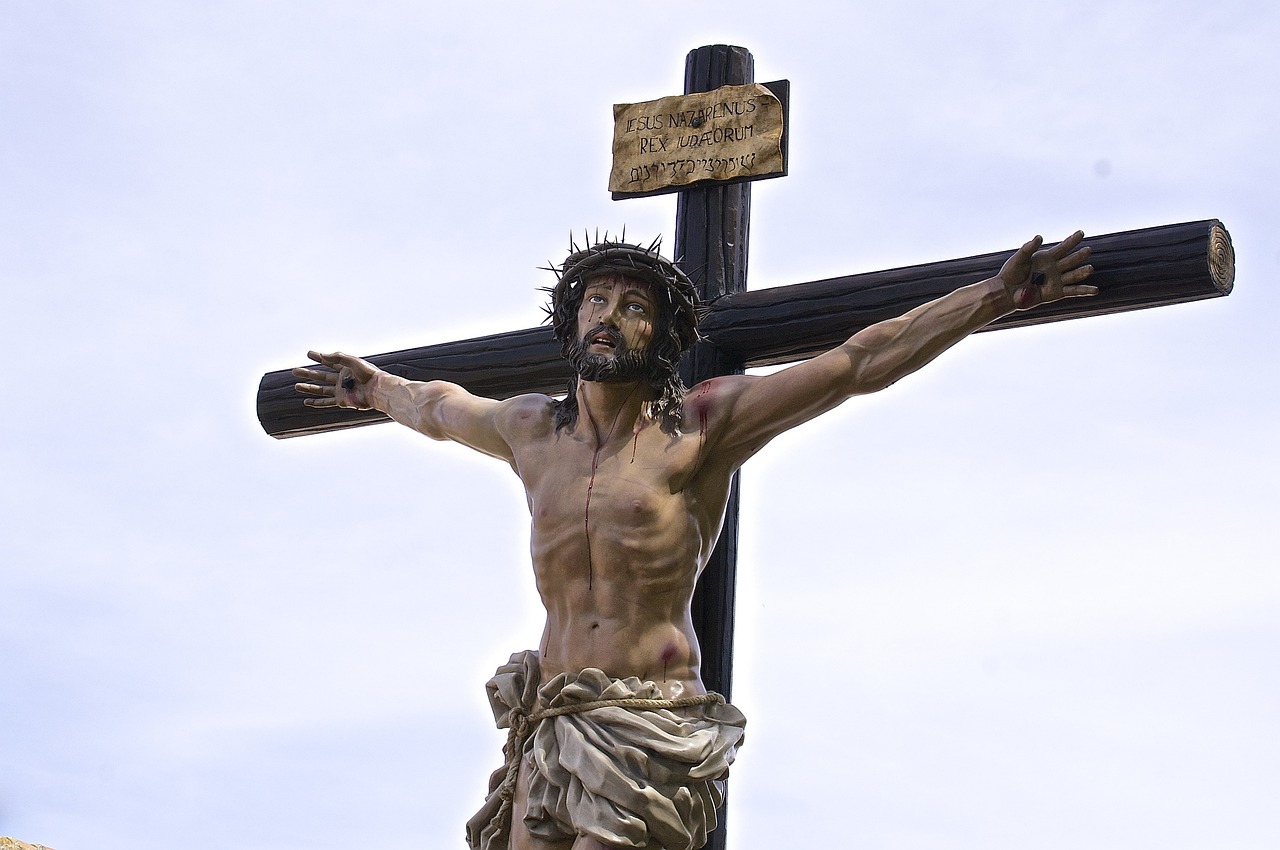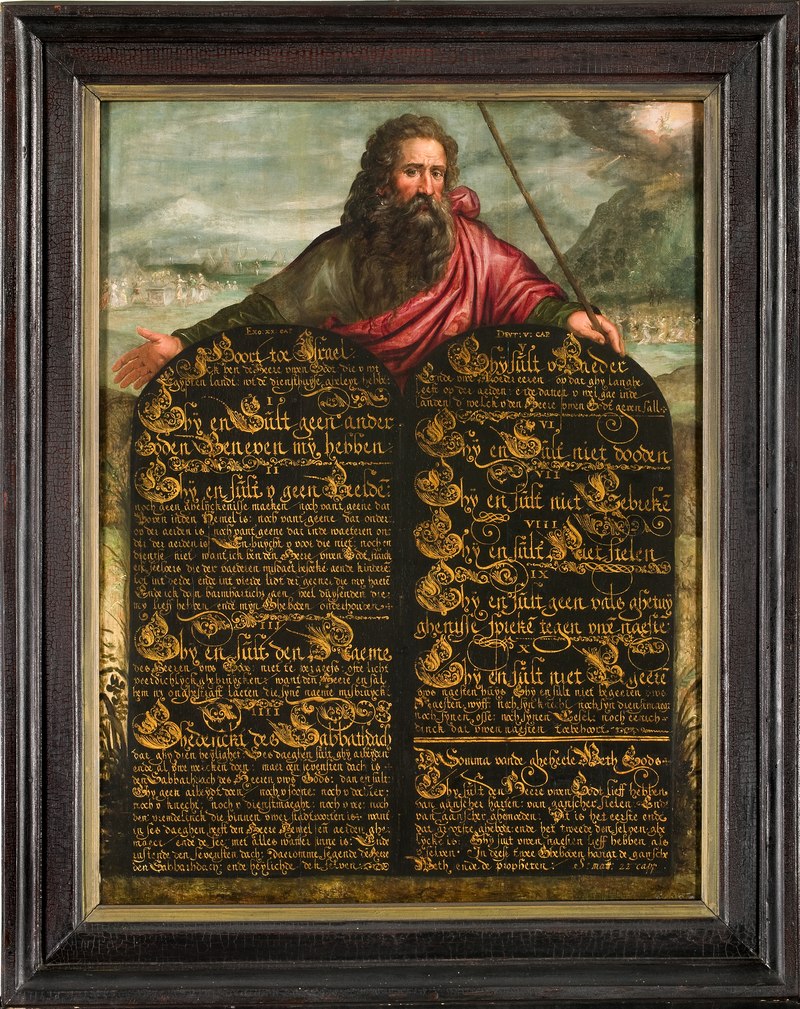Jesus as the Fulfillment of Leviticus 15: Exploring the Role of Jesus in Fulfilling the Laws and Prophecies
Leviticus 15 outlines laws and regulations concerning bodily discharges and their associated uncleanness. These laws aim to separate the Israelites from impurity and maintain the holiness of God’s tabernacle. The regulations cover abnormal genital discharges, normal emissions of semen, and menstruation in women. Contact with these bodily discharges or objects touched by them results in temporary uncleanness. After cleansing, individuals are required to offer two turtledoves or two young pigeons as an offering.
Jesus fulfills the laws and prophecies in Leviticus 15 through His perfect obedience to God’s law. He remains sinless and undefiled, fulfilling the symbolism of purity and holiness. Jesus’ sacrifice on the cross becomes the ultimate offering for cleansing and purification from sin. Through His death and resurrection, Jesus fulfills the symbolism of the seven days of cleansing.
An example of Jesus’ fulfillment of Leviticus 15 can be found in Isaiah 53:5, which speaks of the Messiah carrying our diseases and by His wounds, we are healed. This prophecy foreshadows Jesus’ role as the fulfillment of Leviticus 15, where bodily discharges are associated with diseases and uncleanness. Another example is found in Malachi 3:3, which prophesies the Messiah’s purification work, refining the sons of Levi. This prophecy aligns with the purification rituals outlined in Leviticus 15. Additionally, Psalm 22:16-18 describes the piercing of the Messiah’s hands and feet, symbolizing His sacrifice. This imagery connects to Jesus’ fulfillment of Leviticus 15 through His sacrifice on the cross.
The fulfillment of Leviticus 15 in Jesus goes beyond mere obedience to the law. Jesus embodies the essence of the law and fulfills its purpose in restoring humanity to a state of holiness and purity. Leviticus 15 emphasizes the separation of the Israelites from impurity and the importance of maintaining holiness in their approach to God. Jesus, as the fulfillment of these laws, not only demonstrates His obedience but also provides the ultimate solution to the problem of sin and uncleanness.
By offering Himself as the perfect sacrifice, Jesus provides cleansing and purification for all who believe in Him. His sacrifice on the cross becomes the ultimate offering for sin, surpassing the temporary offerings required by Leviticus 15. In Leviticus, individuals were required to offer two turtledoves or two young pigeons after their cleansing. But Jesus’ sacrifice of Himself on the cross is the once-and-for-all sacrifice that cleanses believers from the guilt and defilement of sin. His sacrifice signifies the end of the need for animal sacrifices and establishes a new covenant between God and humanity.
Furthermore, Jesus’ fulfillment of Leviticus 15 reveals the continuity and fulfillment of God’s plan throughout history. Leviticus 15 is part of the broader context of the Old Testament, which contains various laws, prophecies, and rituals that foreshadow the coming of the Messiah. Jesus’ life, death, and resurrection fulfill these Messianic prophecies and connect the Old Testament to the Messianic era. His teachings and actions align with the principles embedded in Leviticus 15, revealing His role as the promised Messiah.
The fulfillment of Leviticus 15 in Jesus not only provides a theological understanding of His redemptive work but also has practical implications for believers today. Understanding Jesus’ fulfillment of these laws deepens our appreciation of His sacrifice and the significance of His role as the Messiah. It reminds us of the seriousness of sin and the need for purification, pointing us to Jesus as the ultimate solution. As believers, we can find comfort and assurance in Jesus’ fulfillment of Leviticus 15, knowing that through His sacrifice, we are made clean and can approach God with confidence.
In addition, Jesus’ fulfillment of Leviticus 15 serves as a powerful reminder of God’s faithfulness throughout history. From the very beginning, God had a plan for redemption and restoration. The laws and prophecies in Leviticus, including those in chapter 15, were part of God’s larger plan to prepare the way for the coming of the Messiah. Jesus’ fulfillment of these laws demonstrates God’s sovereignty and His commitment to fulfilling His promises. It shows that God’s plan was not haphazard or coincidental but perfectly orchestrated and fulfilled in Jesus.
Lastly, Jesus’ fulfillment of Leviticus 15 highlights the continuity between the Old and New Testaments. It reveals the interconnectedness of God’s Word and the significance of every detail within the Scriptures. Leviticus 15, with its laws and regulations, may seem distant and irrelevant to some, but through Jesus’ fulfillment, we see that every aspect of the Bible is part of a larger narrative. It demonstrates the unity of Scripture and the overarching theme of redemption and salvation through Jesus Christ.
In conclusion, Jesus’ fulfillment of Leviticus 15 goes beyond fulfilling laws and prophecies; it provides the ultimate sacrifice for sin and purification. His sacrifice replaces the need for animal offerings and establishes a new covenant between God and humanity. Understanding Jesus’ fulfillment of Leviticus 15 deepens our appreciation of His redemptive work and the theological implications for believers. Jesus’ fulfillment of Leviticus 15 demonstrates God’s faithfulness throughout history and His plan for salvation. Through Jesus, the Old Testament laws find their ultimate purpose and fulfillment.
#Leviticus15 #MessianicJesus #FulfillmentOfProphecies #SinOffering #Redemption #Holiness #OldTestamentLaw #Atonement #Purification #NewCovenant #ContinuityInScripture #GodsPlan #FaithfulnessOfGod #TheologicalSignificance #SacrificeOfJesus #UnityOfScripture #BiblicalNarrative



